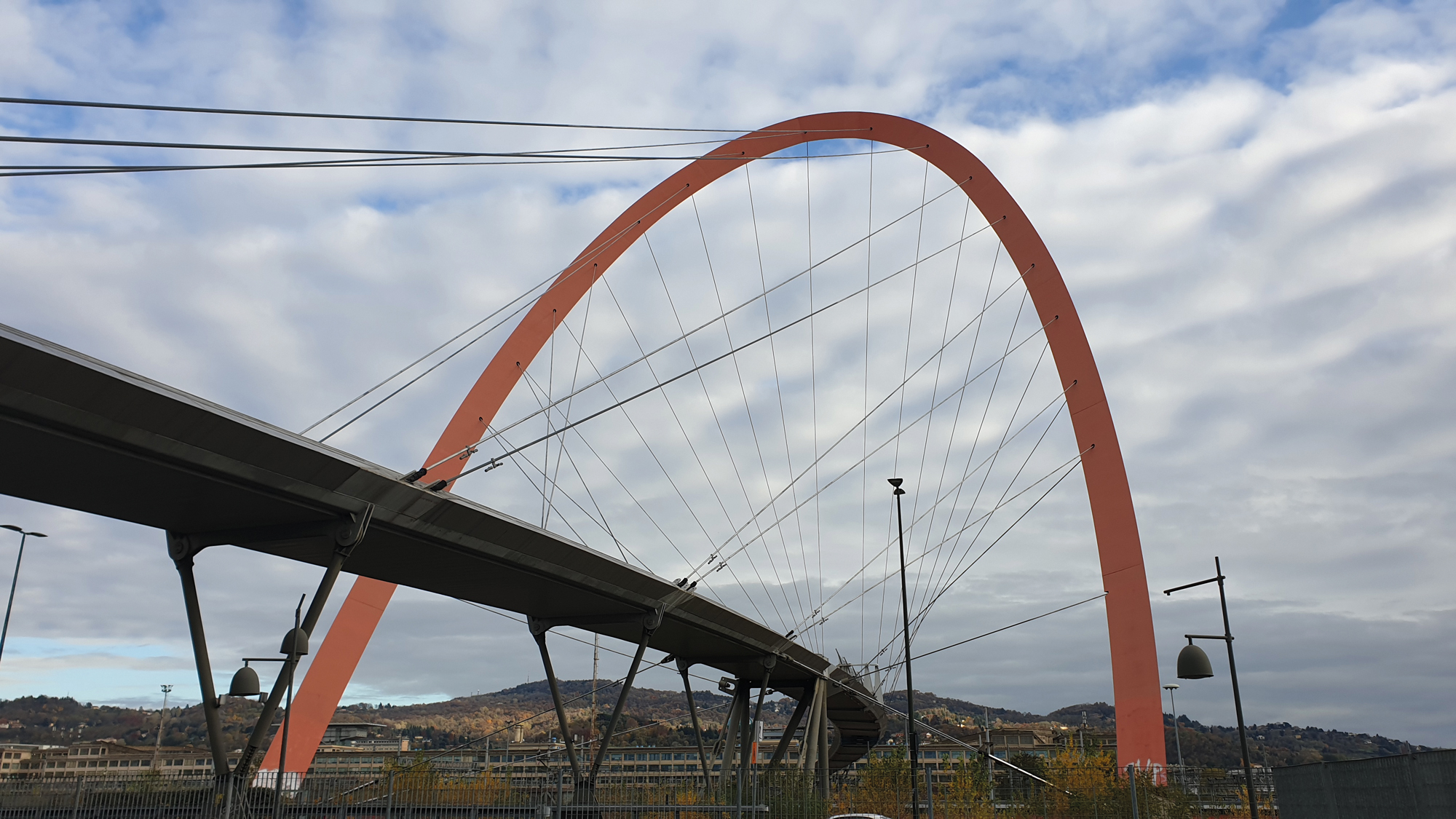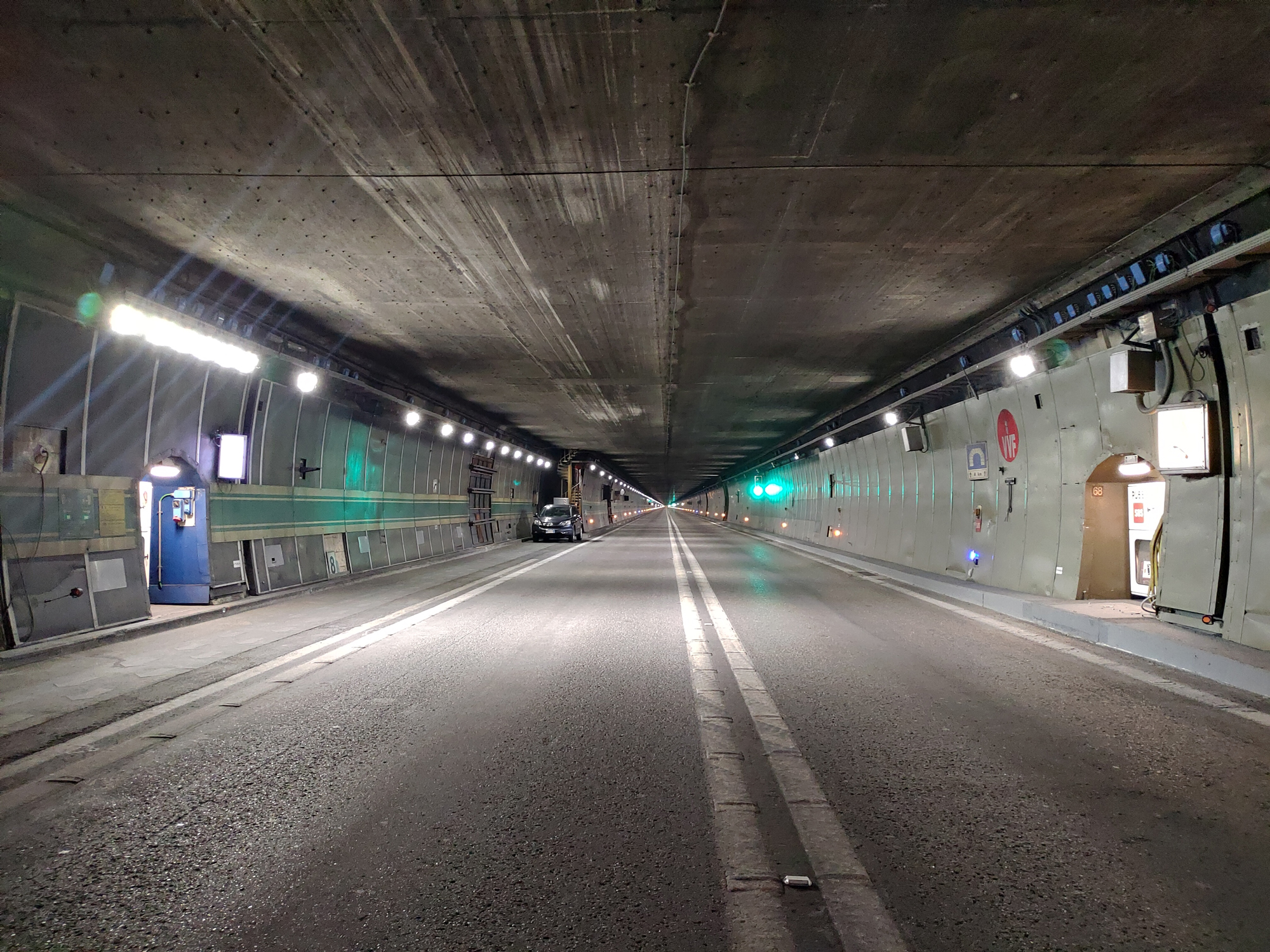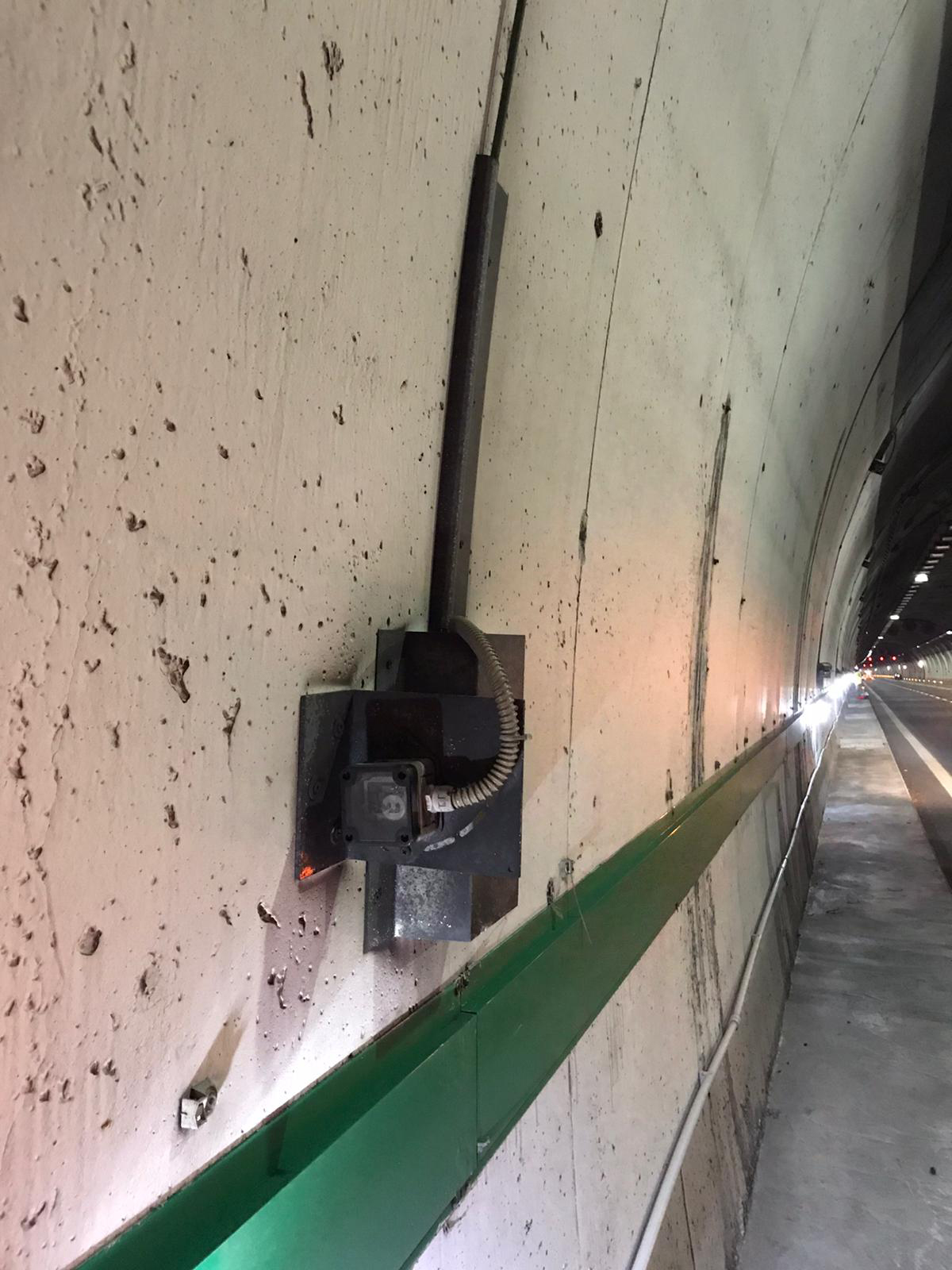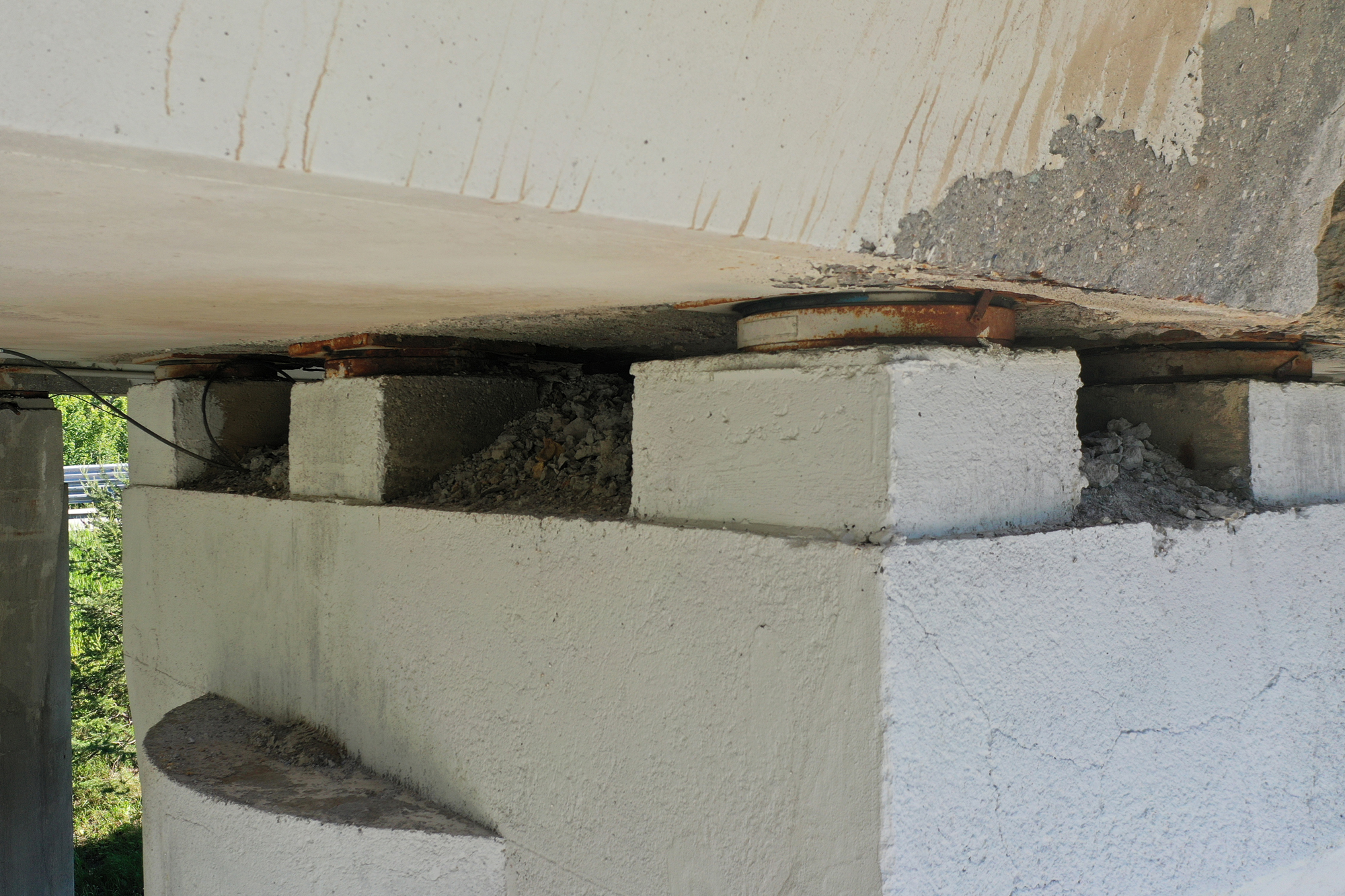SERVICES PROVIDED
- Executive system design
- Installation assistance
- FE modeling and continuous structural diagnostics with automatic alerting
WHY MONITOR?
- Analysis of structural vibrations induced by traffic loads
- Monitoring of the evolution over time of the response of external post-tensioned cables
- Early detection of the first signs of cable corrosion
- Real-time evaluation of the strands' conditions under the structure's operating conditions
- Determination of expected cable vibration thresholds corresponding to adequate levels of safety of the structure
- Planning of targeted maintenance interventions
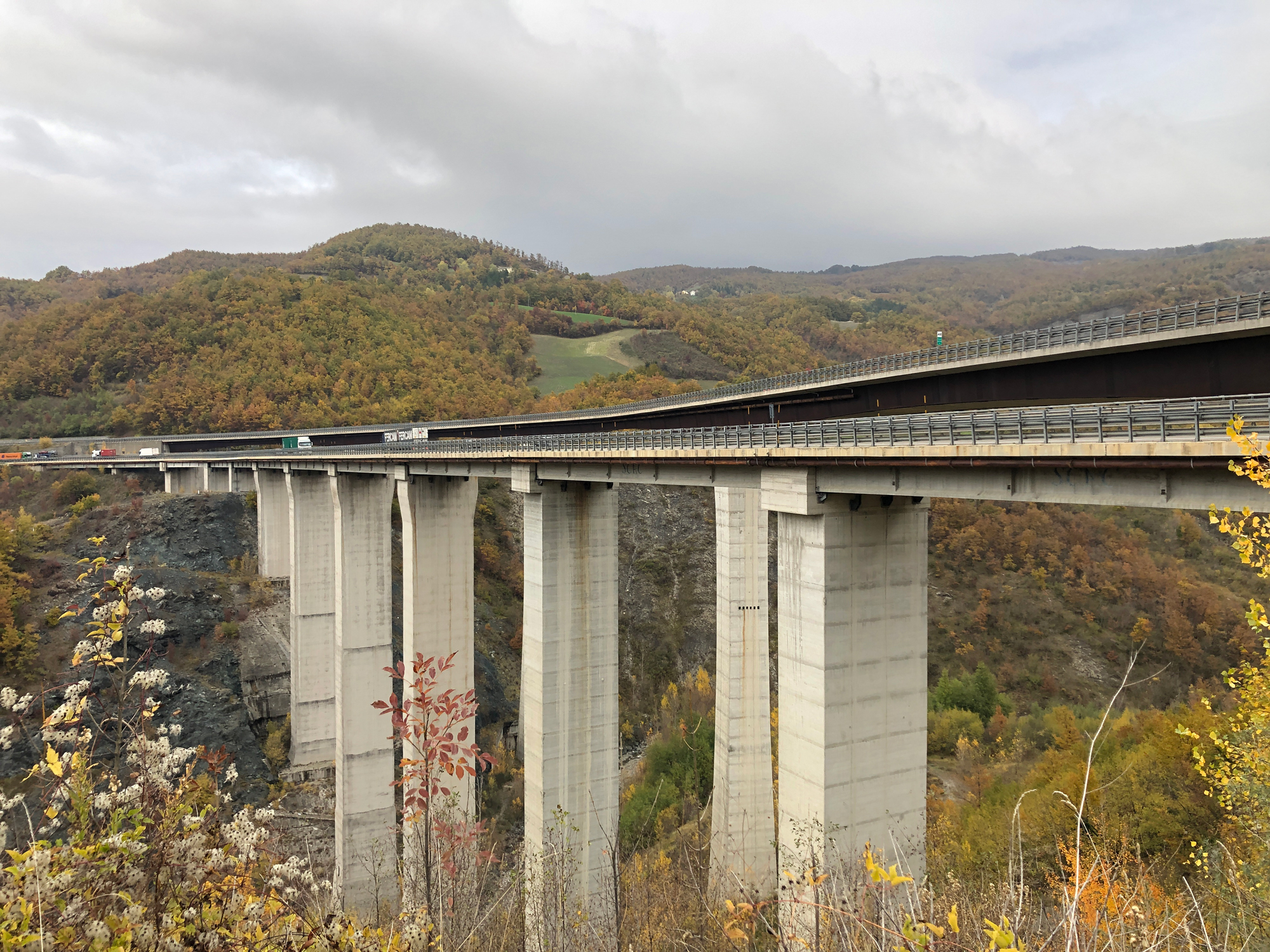
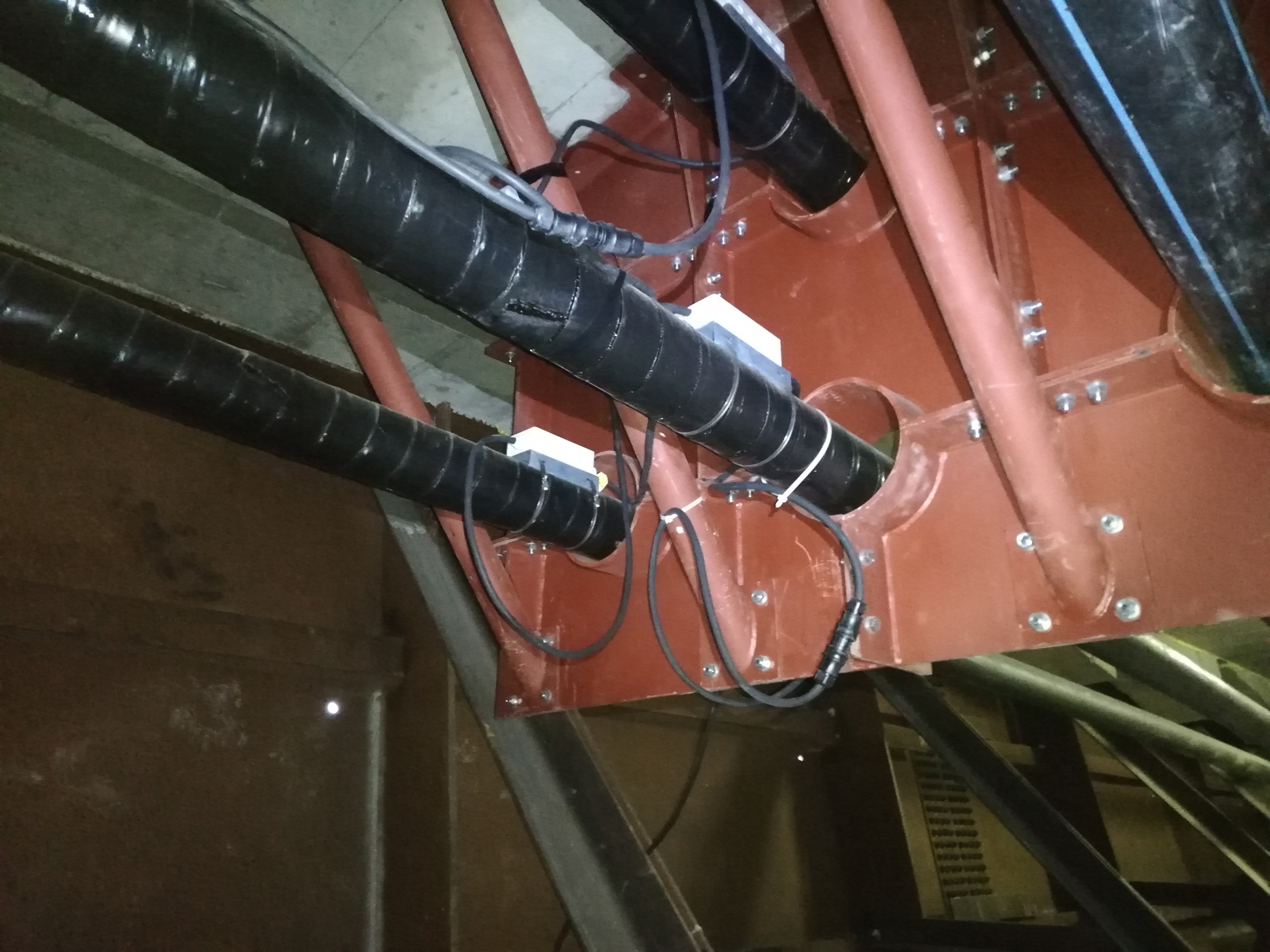
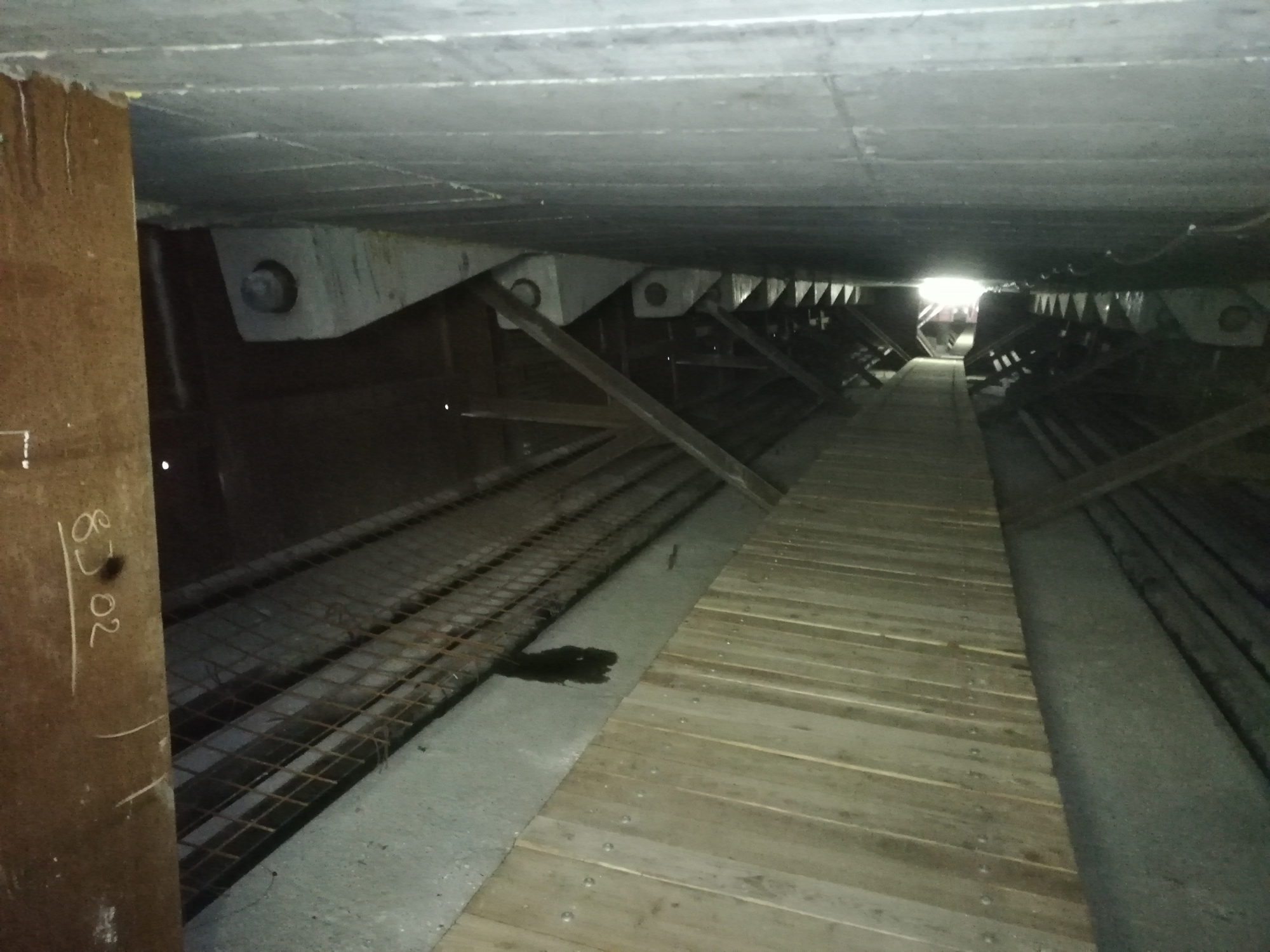
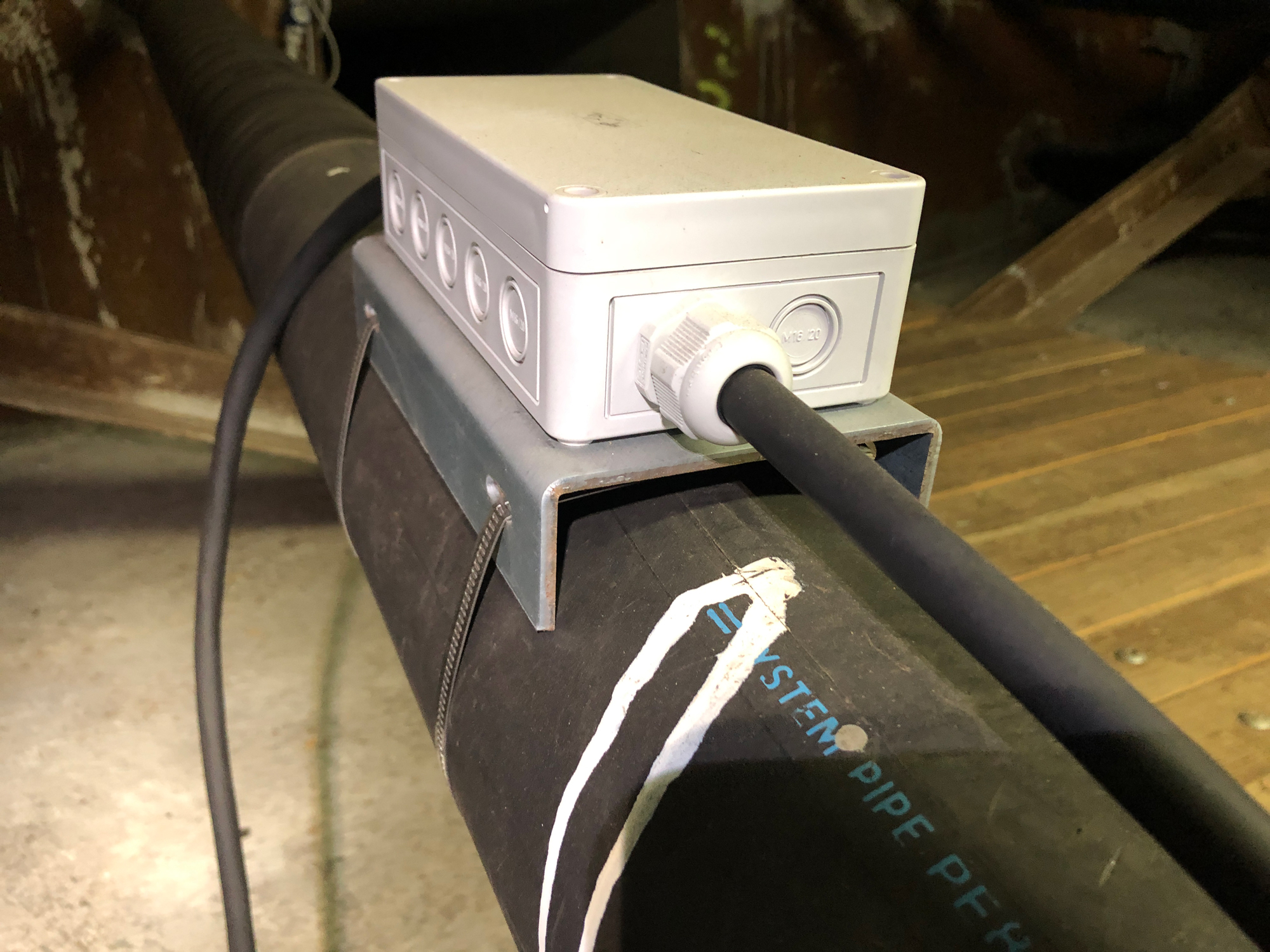
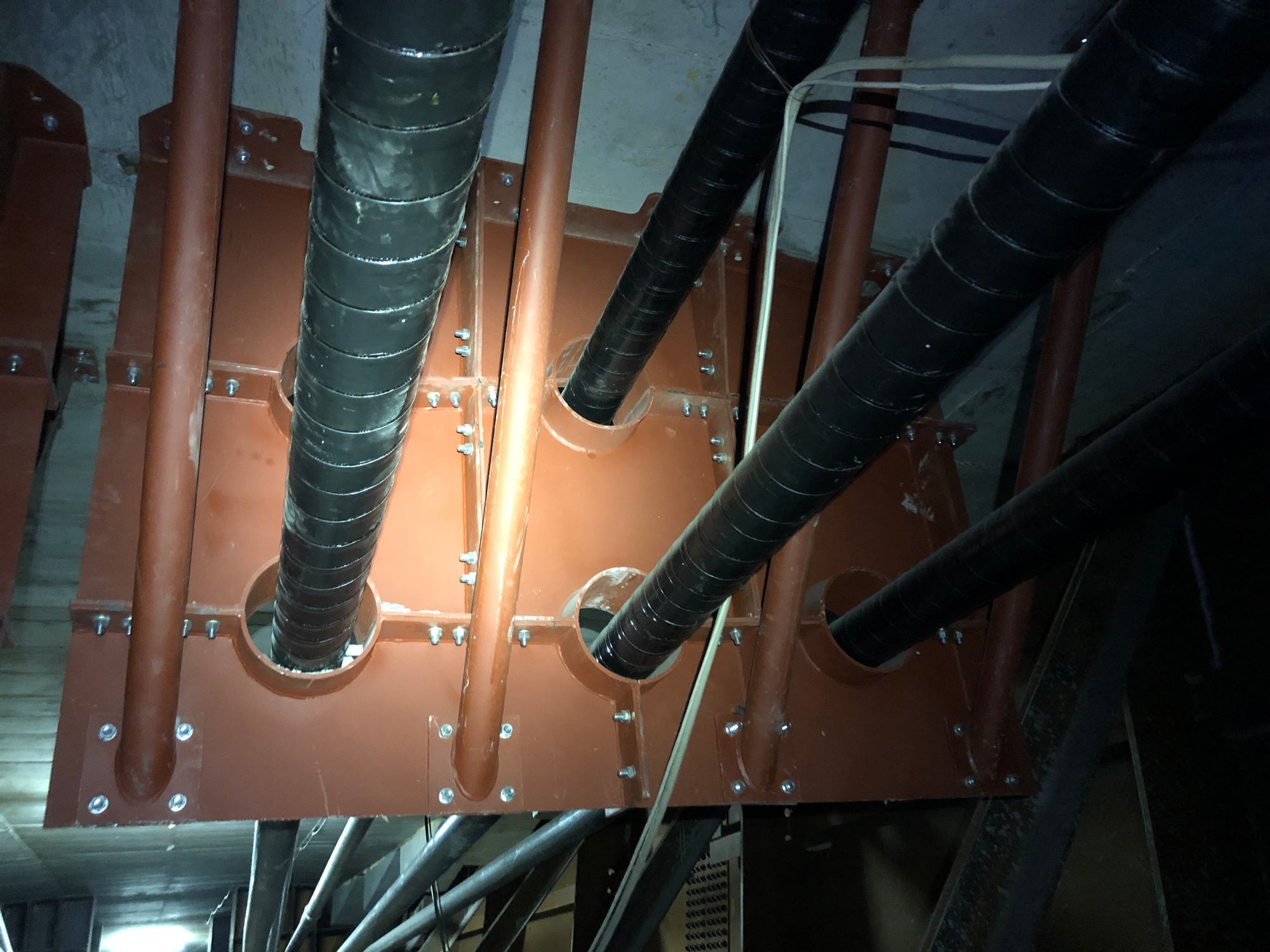
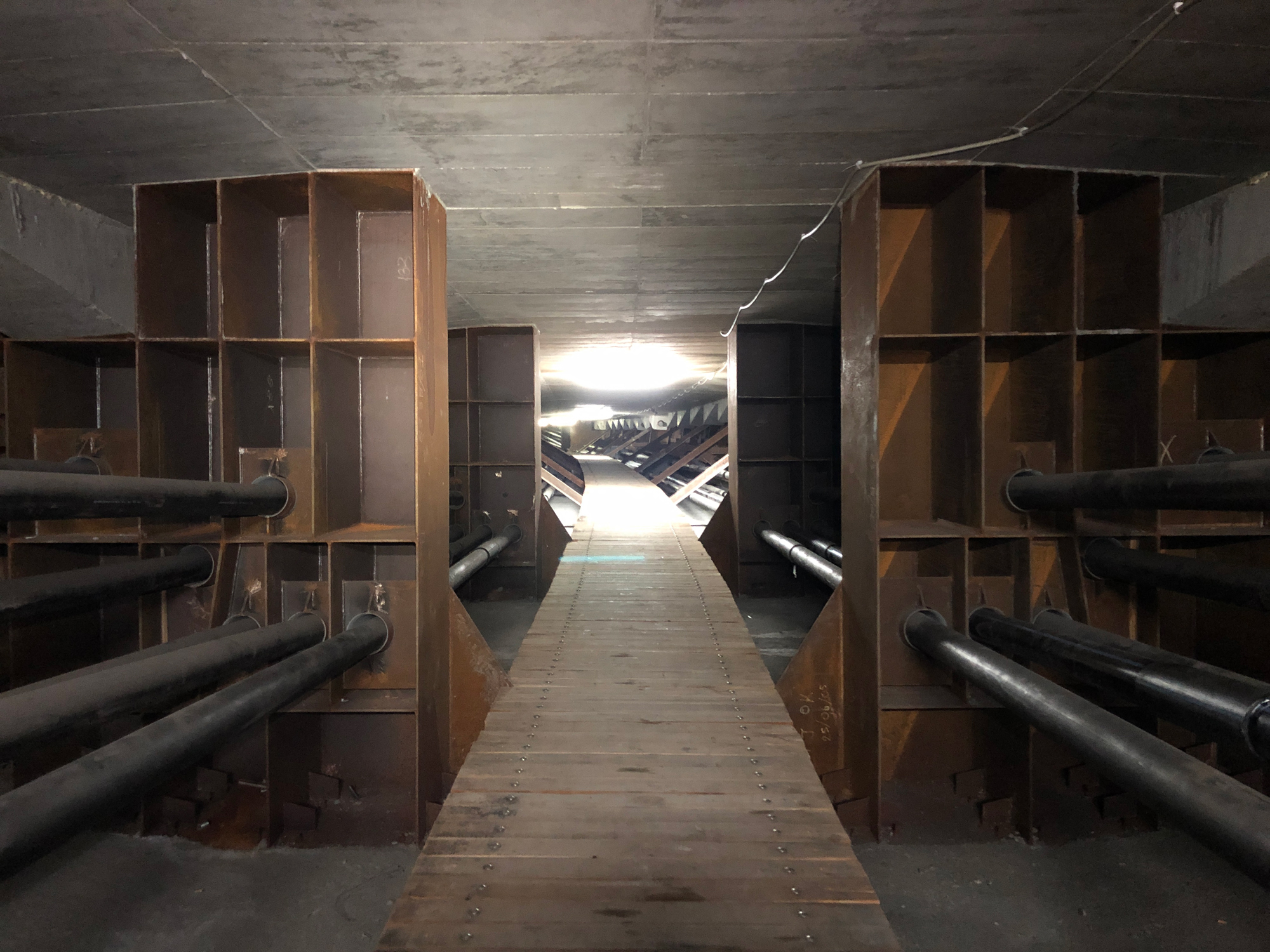
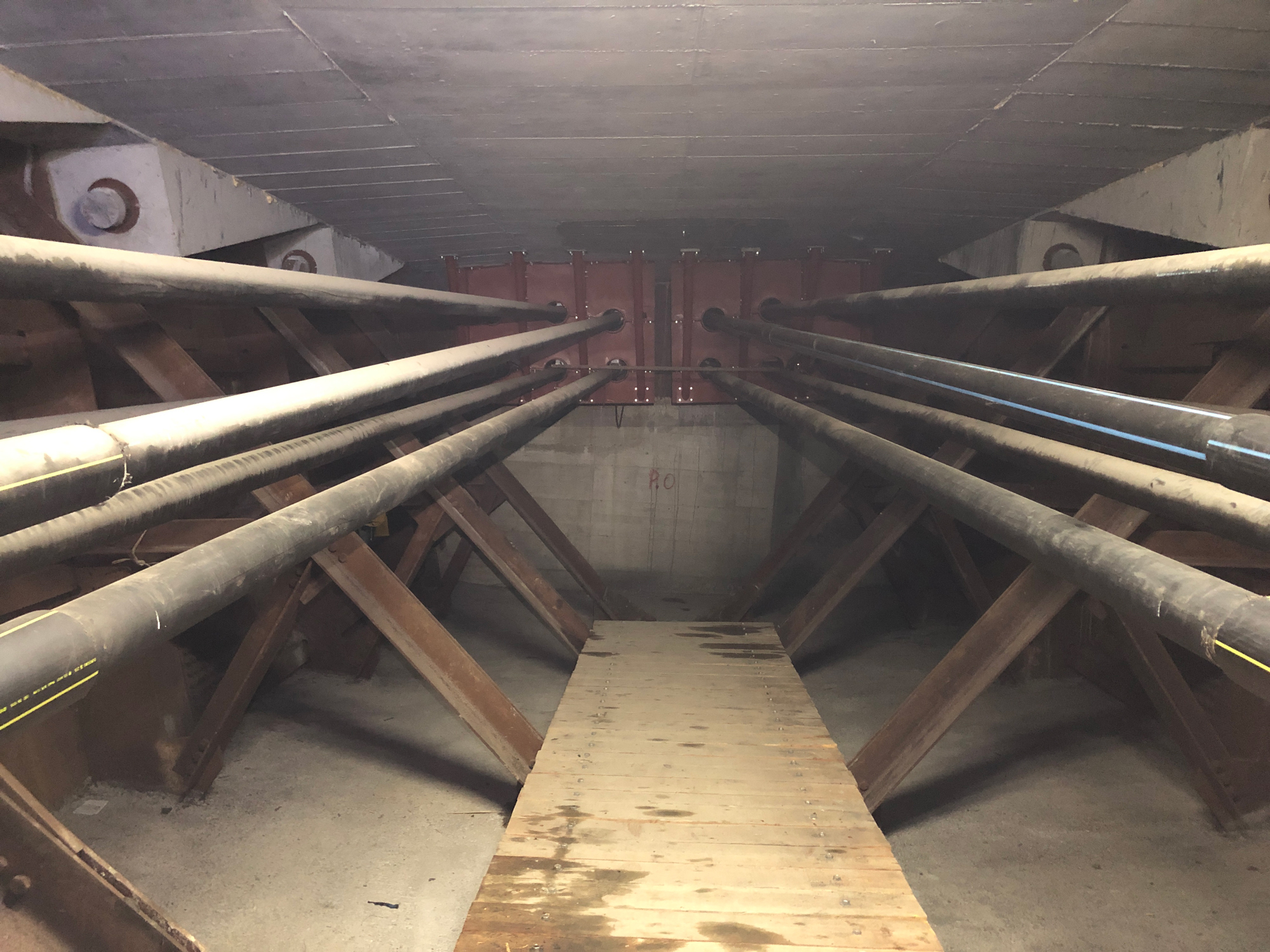
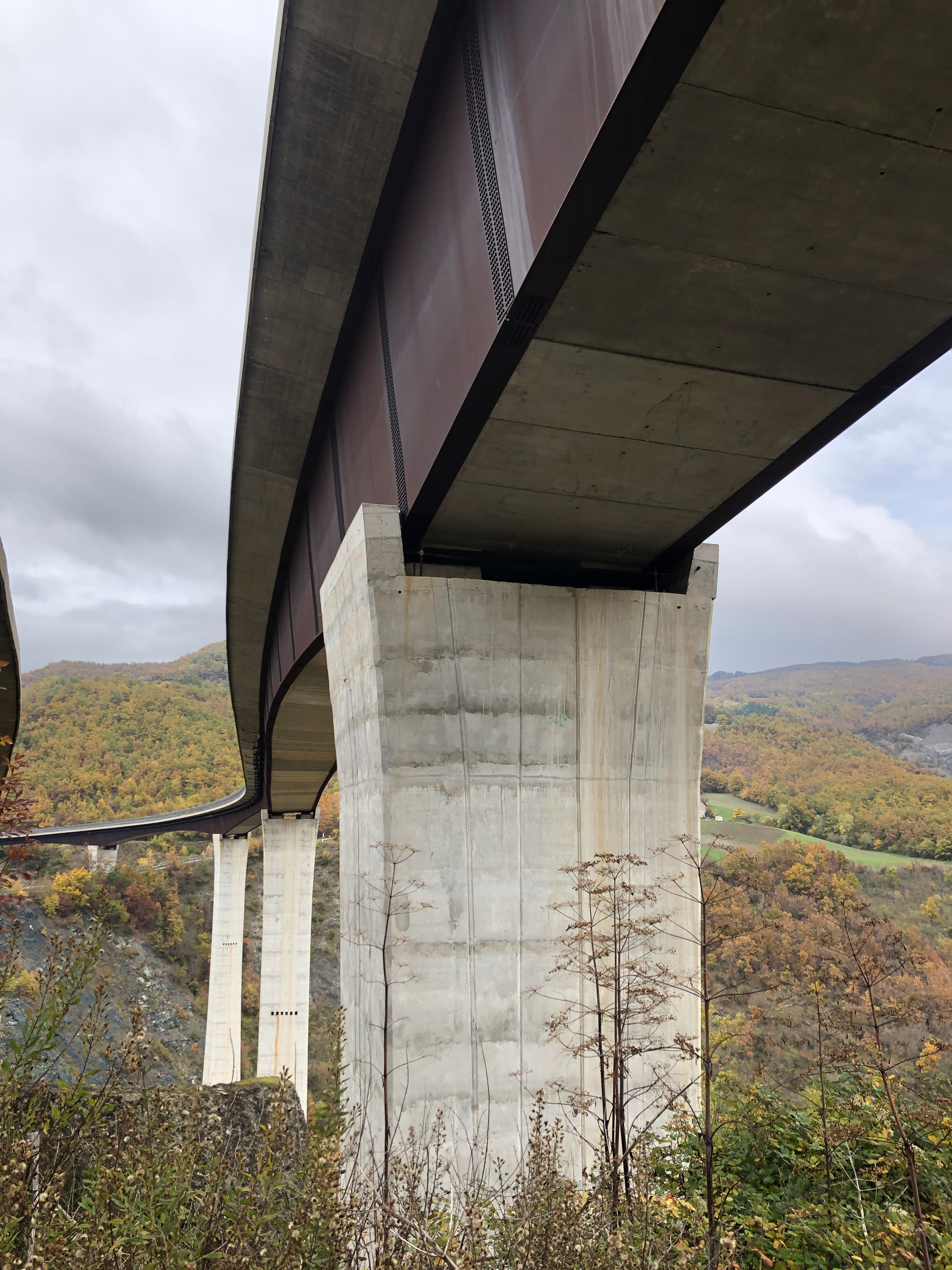
DESCRIPTION OF THE STRUCTURE AND STRUCTURAL MONITORING SYSTEM
Real-time monitoring of the behavior of post-tensioning cables is a key tool for providing useful information for identifying possible effects induced by ongoing deterioration or fatigue processes. The monitoring system installed, consisting of a total of 88 triaxial accelerometers, is aimed at analyzing the behavior of the cables during the operation of the bridge, whose service life depends on the behavior of the steel strands that make up its cross section. The use of MEMS accelerometers can therefore provide the operator with information on the properties of the cables necessary to determine the long-term performance of the bridge. In particular, variations in the dynamic characteristics of the monitored structural elements in terms of their natural vibration frequencies have been analyzed. A specific data processing algorithm, specifically built for the analyzed case, has allowed for efficient real-time monitoring of the cables. The signal received from the accelerometers has been purified of measurement noise and any external influences. Observation of the recorded trends during the monitoring period has allowed for the construction of a benchmark of measurements corresponding to the standard behavior of post-tensioning cables subject to standard traffic conditions and/or other assumed non-exceptional external loads, with the consequent definition of corresponding levels of attention and alarm thresholds set for the monitoring system. The threshold levels have been determined based on a considerable number of vibration data of the cables under standard traffic conditions. The monitoring system is also capable of controlling the response of the bridge following accidental actions, such as possible earthquakes with an epicenter near the bridge.
DIAGNOSTICA IN PILLOLE
Gli accelerometri installati sui cavi restituiscono valori di accelerazione lungo tre assi X, Y e Z la cui analisi è svolta nel dominio del tempo e delle frequenze. L’analisi nel dominio del tempo delle accelerazioni, registrate dai sensori installati sui cavi, viene svolta al fine di valutare i livelli vibrazionali degli stessi mentre la sintesi nel dominio delle frequenze permette un confronto tra i parametri modali attesi e le frequenze proprie misurate nelle condizioni di inizio monitoraggio (stato zero). Un eventuale discostamento tra i valori teorici e le grandezze misurate può fornire indicazioni per l’individuazione dei cavi che presentato potenziali riduzioni di rigidezza in atto o subiti in passato. Eventuali salti dei picchi di frequenza registrati durante il periodo di monitoraggio sono considerati potenziale indice di danneggiamento mentre i cavi che non presentano registrazioni di eventi significativi sono considerati lo ‘standard’. Sulla base dei valori di soglia impostati per l’osservazione dei dati, definiti alla luce delle osservazioni derivanti dal monitoraggio in continuo e calibrati in funzione degli eventi registrati e dell’analisi strutturale di riferimento, l’eventuale superamento di soglia permette la segnalazione di un comportamento del cavo che si discosta dal trend considerato standard, che viene pertanto classificato anomalo, segnalato al gestore ed indagato con maggiore attenzione.
portofolio
Case history
The monitoring system has been specifically designed in terms of number and positioning of sensors to capture the complex dynamic response of the structure. By means of FEM modeling of damage scenarios, appropriate dynamic thresholds have been calculated for the continuous monitoring of the state of the stays and the evolution over time of the response of the footbridge deck.
